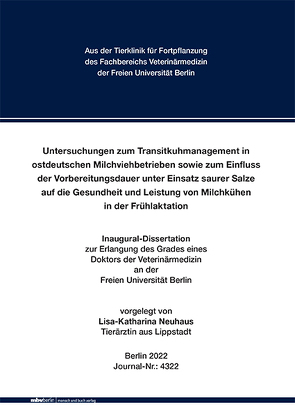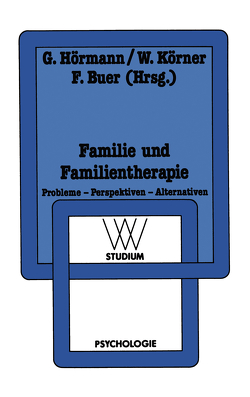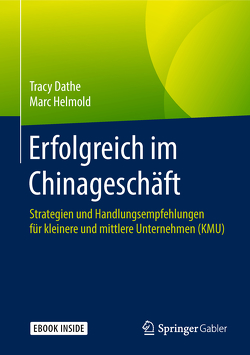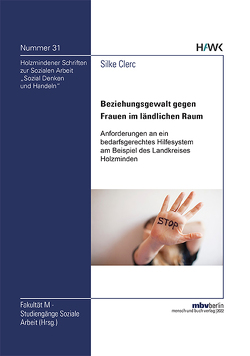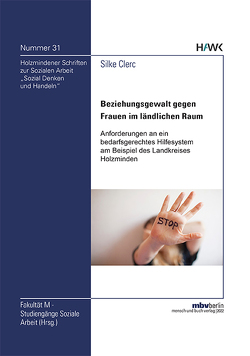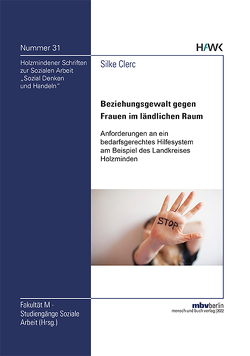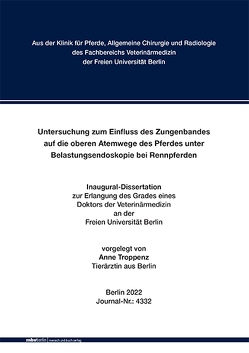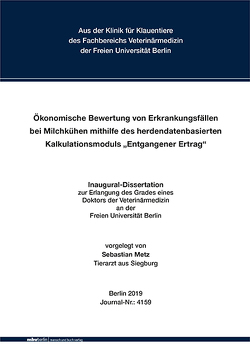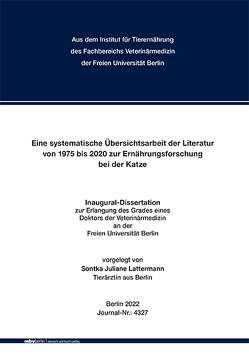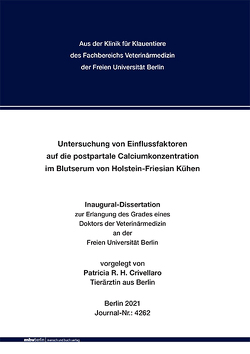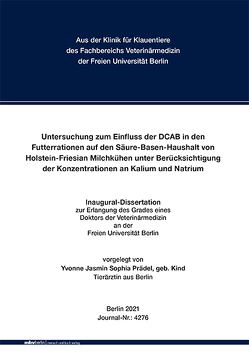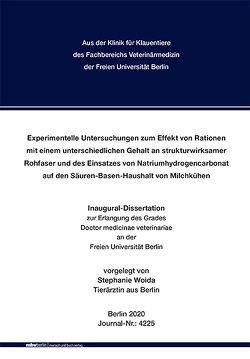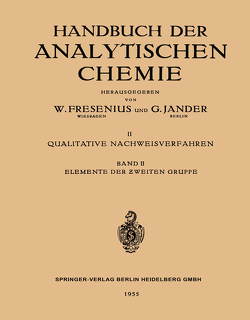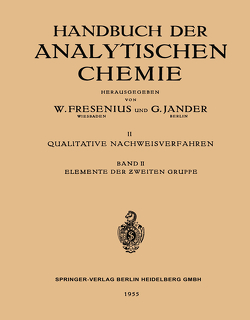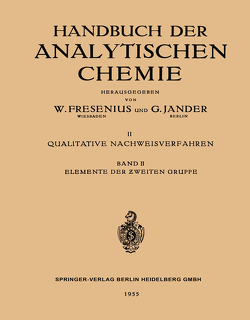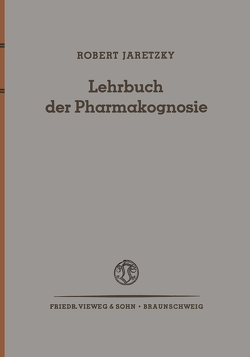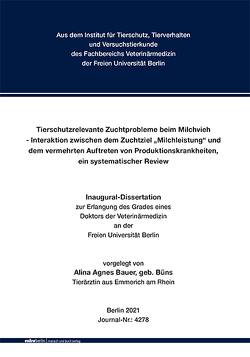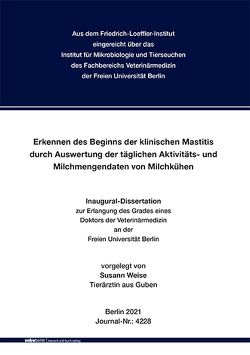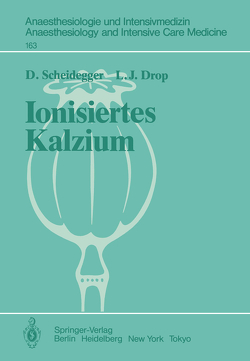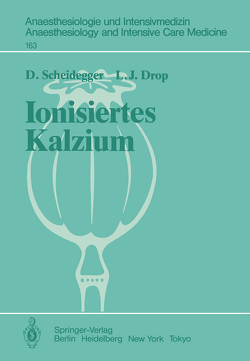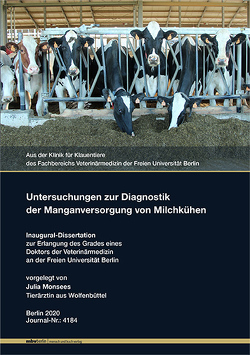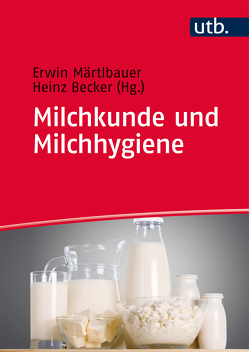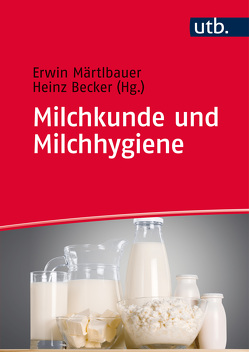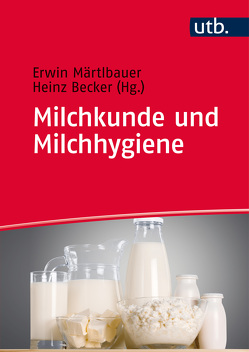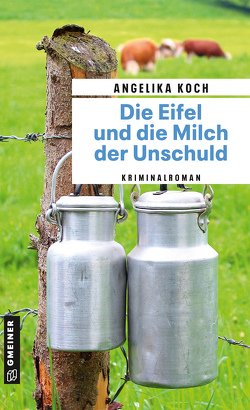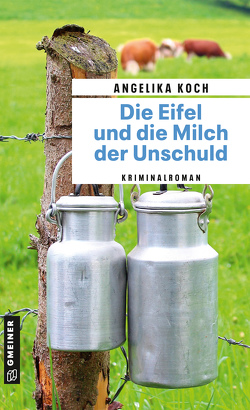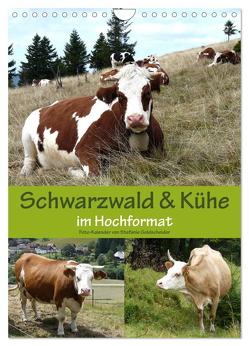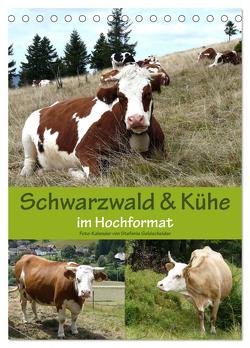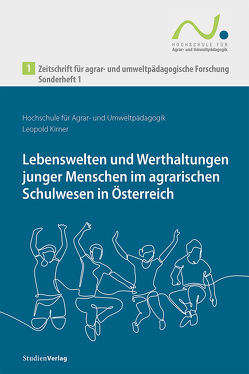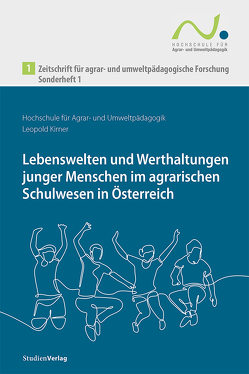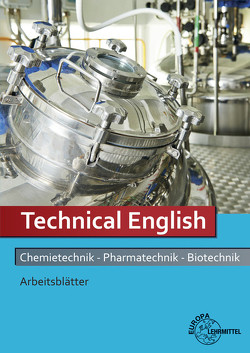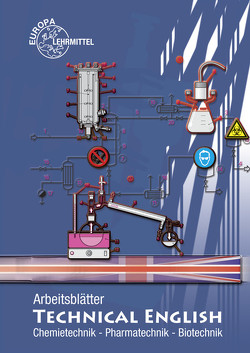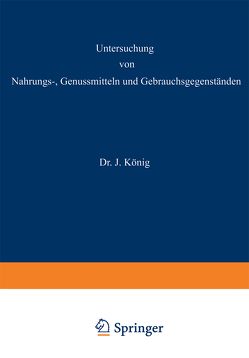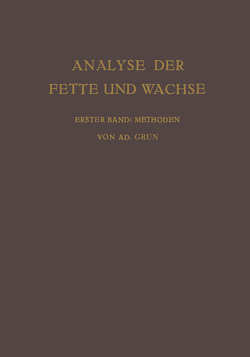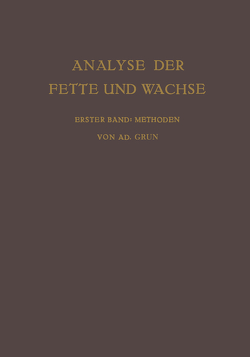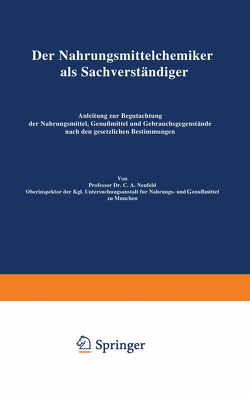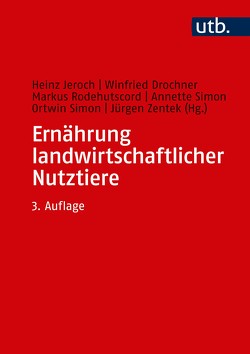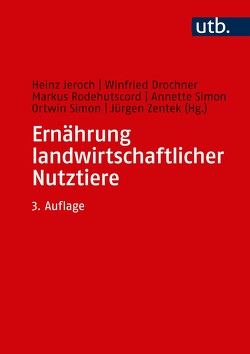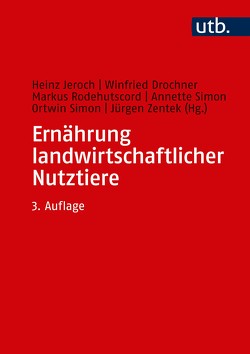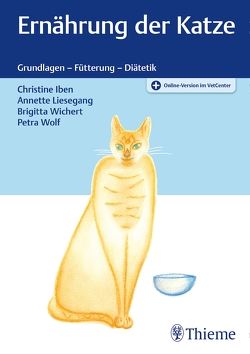Untersuchungen zum Transitkuhmanagement in ostdeutschen Milchviehbetrieben sowie zum Einfluss der Vorbereitungsdauer unter Einsatz saurer Salze auf die Gesundheit und Leistung von Milchkühen in der Frühlaktation
Lisa-Katharina Neuhaus
„Evaluation of transition cow management in East German dairy farms and the association between exposure length to a prepartum negative DCAD diet and health and performance in the subsequent lactation of Holstein dairy cows“
The objective of the first part of this study was to evaluate the housing and management practices in the transition period on East German dairy farms with particular focus on farms feeding a negative DCAD in the prepartum diet. Therefore, 18 farms were visited twice 2 weeks apart. We assessed (1) facility design, (2) housing system, (3) feeding management, and (4) animal health of dry cows, high pregnant heifers and fresh cows. Due to that, the stocking density were assessed in the transition groups on the 18 farms. In a subsample of cows (≥ 12) from each farm we evaluated urinary pH, net acid excretion, urinary calcium and blood NEFA, calcium and BHB. For monitoring the feeding management we analyzed the TMR regarding the ingredients, the consistency and mix quality, the sorting of TMR by dairy cows as well as the dry matter intake in the transition groups. Furthermore, a time lapse camera was installed for one week in the close-up pen and the fresh pen to evaluate the feed bunk management. The present study revealed that transition cow management might be improved on the 18 farms enrolled. Particular, monitoring of urinary pH on a weekly basis to control acidification in prepartum cows was adopted only on 2 of 18 dairy farms. The lack of regular monitoring of urinary pH led to a strong variation in urinary pH, net acid excretion and calcium levels. In only 6 of 18 herds, the average urinary pH was within the target range of 5.8 to 7.0 at both sampling times. Urinary pH was varying within the 12 cows sampled at one day, but also across the two farm visits.
In addition, more than 50% of the investigated close-up groups were overcrowded, which meant that the animals did not have an adequate supply of feeding space, water locations and resting space. The evaluations of the time lapse cameras showed that the animals in the transition groups did not have permanent access to feed and that the duration of feed deprivation was quite long. Only in few close-up and fresh groups could (1/18 and 2/13) ensure that the cows did have permanent access to feed. Moreover, the supply with water troughs was insufficient in 75 % of the transition groups (43/57). The resulting competition for feed, water, and resting space may lead to increased stress levels and have negative effects especially for submissive, smaller and younger heifers and cows on their health and performance. In 16 farms, the calving pens represented groups of 2 to 15 cows. In addition, in 6 farms, apart from the move to the calving pen, regroupings during the close-up period (≈1 to 10 days a.p.) was firmly established in the transition cow management. These can result in reduced dry matter intake, lying time, as well as milk production due to the associated stress.
The prevalence of hypocalcemia (< 2.0 mmol/L) and subclinical ketosis (BHB > 1.2 mmol/L) was 32.8 % (63/192) and 38.4% (89/232) in 18 dairy herds. In 4 of 18 herds, the prevalence of hypocalcemic cows was classified as problematic (> 41.7 %).
The increased prevalence of subclinical ketosis in the studied herds (38.4 %) is higher than reported in the international literature.
These results show that feeding of anionic diets in the close-up group in order to improve peripartum calcium homeostasis requires appropriate management, especially in the context of facility design and feeding management. Feeding of a negative DCAD diet can be conducted successfully, if urinary pH is assessed routinely, based on a weekly subsample of cows. Herd management is also considered to be of great importance in order to decrease susceptibility to ketosis (e.g., permanent access to feed; minimizing the social and environmental stress). Moreover, dry matter intake must be evaluated regularly to control for sufficient energy intake. The present study shows that there is a need for optimization regarding of transition cow management in Eastern German dairy farms feeding a negative DCAD diet in the close-up group.
The objective of the second part of this study was to evaluate the association between the exposure length to a prepartum negative DCAD diet and milk yield, milk components, reproductive performance and culling risk in the subsequent lactation. During the observation period 20,373 cows were calving on the participating 18 farms. A total of 13,314 animals (3,871 heifers and 9,443 cows) were included in the final statistical analysis. We observed considerable variation of exposure length to negative DCAD diet among farms. For primiparous cows, there was a linear association between days in the close-up group (DINCU) and milk yield at first test day (P < 0.001). An exposure length of 35 to 36 days to a negative DCAD diet was associated with the highest milk yield at first test day (35.45 kg/day; 35.43 kg/day). Primiparous cows with 35 DINCU had 3,47 kg higher milk yield at first test day than primiparous cows with 7 DINCU. Multiparous cows with 26 DINCU had the highest milk yield at firs test day (41.64 kg ± 0.33 SEM). Multiparous cows with 26 DINCU had 2,9 kg higher milk yield at first test day than multiparous cows with 7 DINCU. A plateau in milk yield was observed between 22 and 29 DINCU. Beyond 29 DINCU, however, was associated with a mild decrease in milk yield at first test day of multiparous cows. In the present study a linear association (P < 0.001) between DINCU and the ratio of fat and protein at first test day in multiparous cows was observed. The ratio of fat and protein increased slightly with extended DINCU. In 3 previous studies, did not detect a significant effect of DINCU on fat and protein content in milk (Weich et al., 2013, Wu et al., 2014, Lopera et al., 2018). There was a significant association between DINCU and somatic cell count at first test day in primiparous (P = 0.005) and multiparous cows (P = 0.011). The longer cows stayed in the close-up group, the higher was the linear score at first test.
In the present study, there was no significant association between DINCU and the risk of stillbirth for either primiparous or multiparous cows. DINCU had a significant effect on culling within the first 60 days in milk for multiparous cows (P = 0.025). Multiparous cows with 1 to 6 DINCU had the greatest hazard of being culled within the first 60 days in milk.
There was no significant association between DINCU and days open within the first 150 days in milk for either primiparous or multiparous cows.
A short stay in the close-up group should be avoided to improve milk yield at first test day and to minimize culling risk for multiparous cows. In addition, a long exposure length to negative DCAD diet (>30 d) was associated with detrimental effects on milk production and milk components in multiparous cows and linear score of primiparous and multiparous cows.
Accordingly, for multiparous cows, an exposure length of 22 to 29 days to a negative DCAD diet in the close-up group can be considered as optimal. For heifers, there is a linear association between the DINCU and milk yield in first test day. For both, cows and heifers, DINCU of < 7 days should be avoided.
